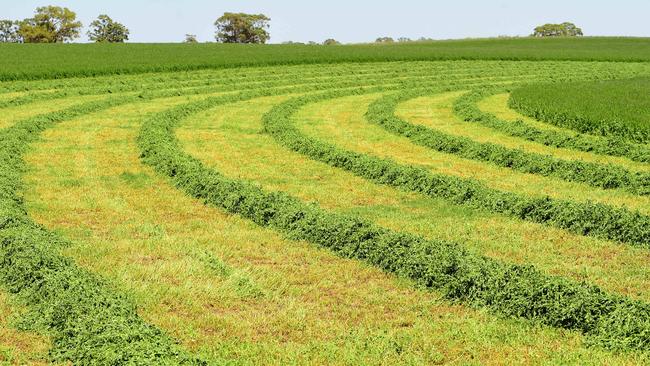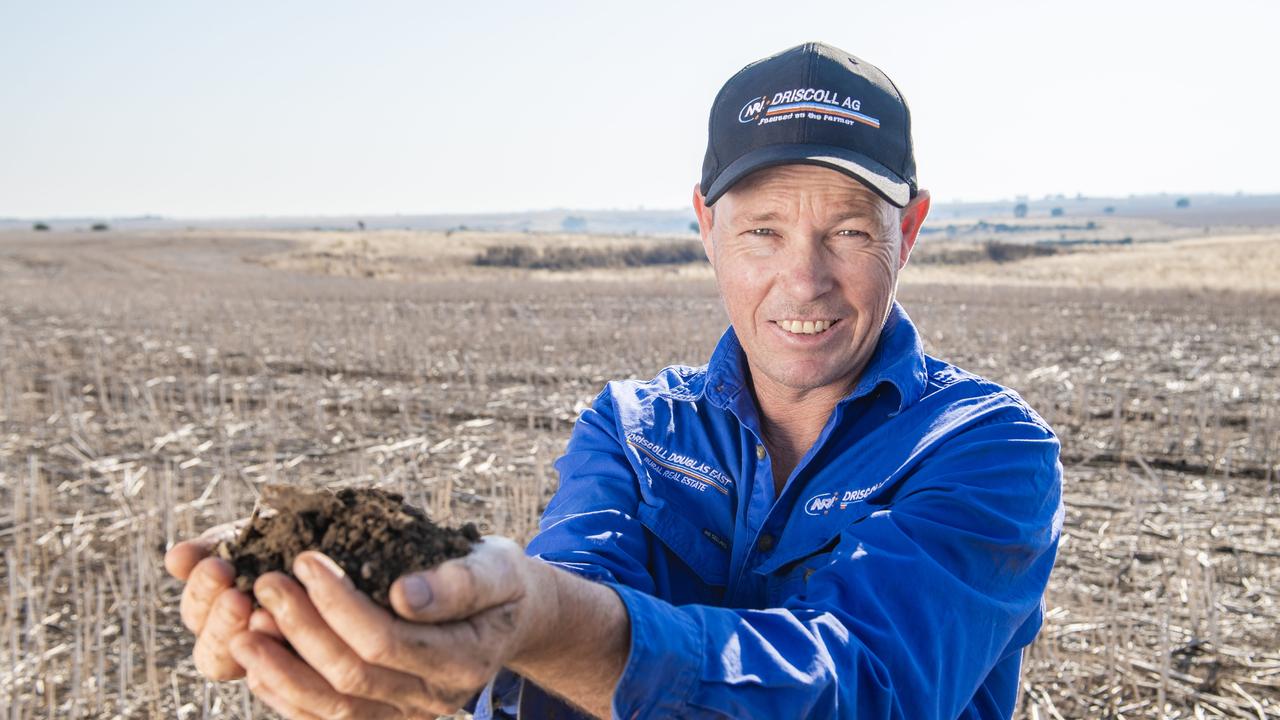Hay exports lift with demand from key markets in Asia
Domestic demand for hay remains low, but exports continue to rise. See the trends and who’s buying.

THROUGHOUT most regions of eastern Australia, hay sheds, paddocks and fence lines are laden with hay in volumes not seen for many years.
The exceptional summer weather has dampened dairy and grazier demand, but exporters continue to press and export hay at an increasing pace.
While dryland lucerne is growing well throughout many regions of Victoria it is particularly prolific in the southern tablelands and central west of NSW, with some stands at knee height.
The weather has also increased the activity of mice, which have the potential to spoil stacks of hay.
Stacks of any late-cut cereal hay with partially filled grain, remain the greatest risk, with straw baled from header trails offering the least feed for rodents.
Although most buyers are in no rush to buy hay, there are some early signs of late summer demand.
Hay sellers expect their buyers to start looking to secure hay loads in the next six to eight weeks.
Vetch hay with 8.5 ME units of energy and protein between 1 per cent and 20 per cent is still on offer from growers at $200 to $240 a tonne ex-Mallee and Wimmera farm, with only a few lots offered under $200.
Better quality vetch with rain falling earlier in the curing phase and energy of more than 9.5 ME is offered at $240 to $270 a tonne.
The latest export data from the Government statistician shows that hay exports from Victoria hit a record last season, averaging 25,000 tonnes a month.
The 300,000 tonnes of hay that was exported from Victoria exceeded the exports from South Australia for the first time, although SA exported 40,000 tonnes of straw, 6000 more than Victoria.
This season, Victorian hay is lower in quality and much cheaper than the ex-farm prices in Western Australia.
Eastern states oaten hay growers would envy the bright, clean and high testing hay in sheds east of Perth.
Typical ex-farm prices for oaten hay are $260 to $290 a tonne ex-farm and prices for the top export grade are $40 lower than last year’s $330 a tonne delivered WA plant.
Victorian exporters are able to compete with this higher quality hay of WA by incorporating their higher quality carry-over stocks into their shipments and using their plants to press straw.
Victoria exported more straw than any other state in the month of November.
Key markets for export hay in order of volume shipped are Japan, China, South Korea and Taiwan. While Japan’s mature hay market declined 6 per cent year on year, China’s volumes expanded 37 per cent.
Hay exports to South Korea and Taiwan rose 11.5 and 5.5 per cent respectively.
China is proving to have an insatiable appetite for feed commodities with imported volumes of wheat, corn, soybean and soyabean meal hitting record levels. Chinese buyers are also showing a strong interest in hay.
Of the million tonnes of hay exported during the 2019-20 November to October marketing year, exports to China reached 326,000 tonnes.
Keep in touch with the latest rural news and information. Download our iOS or Google app and sign up to our email newsletters
MORE
CHEAPER HAY GIVES BUYERS OPTION OF HOLDING OFF OR STOCKING UP


